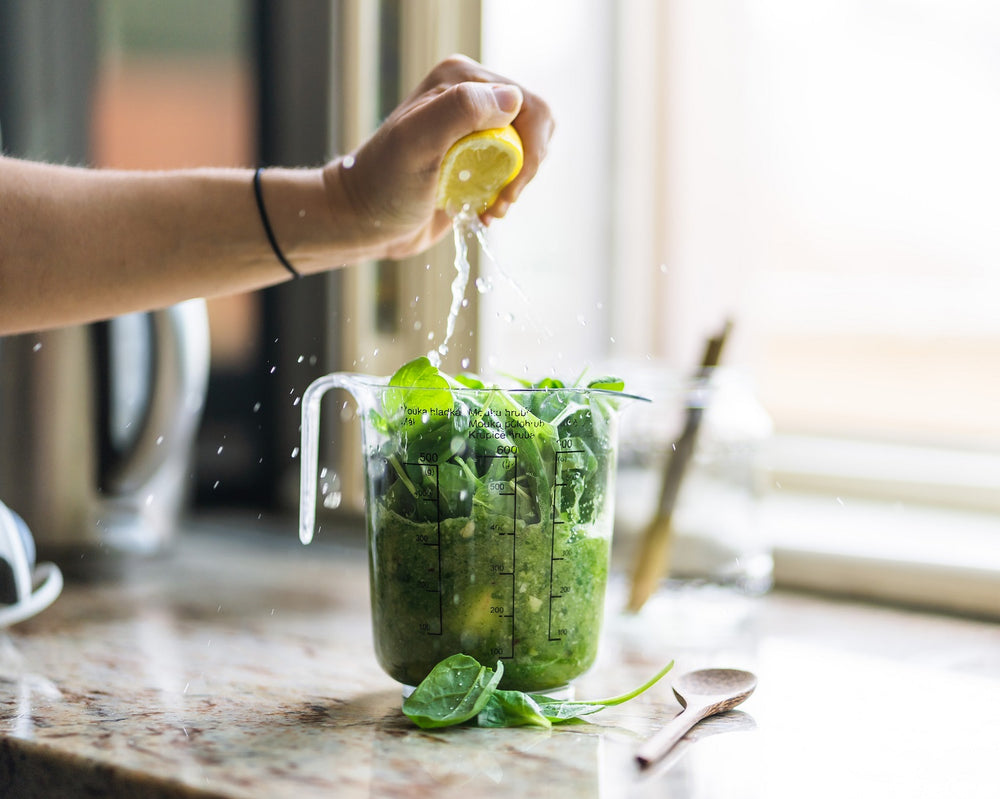News
10 Clever Ways to Use Your Leftover Herbs

Being mindful of food waste
It’s estimated that 1.3 billion tonnes of food on our planet is wasted every year. In other terms, if food waste were a country, it would be the third largest contributor to CO2 emissions. A staggering thought, isn’t it? What’s also devastating is the amount of food wasted costs 2.6 trillion USD. That’s enough to feed the estimated 815 million hungry people in the world several times over.
If we’re not mindful of how much produce we buy, a lot of it can end up going to waste. When we go to the supermarket to stockpile, it’s easy to overestimate the amount of food we require. We don’t always consider the time it will take to consume produce before it expires. It doesn’t help that much of the food we find in stores has a short shelf life. One of the reasons is because fruits and vegetables have often traveled a great distance before reaching the store. This is especially true if they’re grown in warmer regions and shipped elsewhere. Due to limited shelf life, the produce only has a few days left when it arrives on supermarket shelves.
By growing some of your food in an indoor garden, you can become part of the solution.
Smart gardens make it very easy to avoid food waste and you can be sure that everything you grow is consumed. You harvest your plant exactly when you need it. It does not lose any nutritional value during the brief moments it spends between harvesting and eating. There’s peace of mind knowing that all the resources that have gone into producing the plant are purposefully used. At the same time, you'll enjoy fresher tasting, more nutritious food.
Using your leftover herbs
With that in mind, we’ve listed 10 of the many ways you can use leftover herbs. Click on each heading for a suggested recipe.
1. Pesto
Pesto is a classic way to use herbs that’s often overlooked. Traditional pesto made from basil is a perfect complement for homemade bread. Don’t have basil? No problem. Pesto can also be made with tender herbs such as peppermint, parsley and cilantro.
2. Herb Butter
After trying herb butter, you’ll find it hard going back to regular butter or margarine. Herb butter is especially great for enhancing the flavours of other food. Use for cooking or as a delicious spread for toast at breakfast time. Also goes well with vegetables, mashed potatoes or corn on the cob.
A great option if you have any leftover sage, rosemary or parsley. Use herb infused vinegar for dips or sophisticated salad dressings. You can also add a splash of herb infused vinegar to soup for extra flavour or use it as a glazing for vegetables.
Another tasty option for salad dressings. Can also be drizzled on pizza, added to pasta or used as an appetizing dip for freshly baked bread. Herb infused olive oil has a pleasant aroma and contains antioxidants too.

Why buy salad dressing when you can make your own that tastes fresher? You’ll enjoy the added benefit of having full control over the ingredients - no unnecessary additives or sugars. A homemade salad dressing will make your salad more interesting and delicious to eat.
It’s no secret that herbal teas contain a lot of health benefits. Iced tea, in particular, is great for cooling you down in the warmer months. It can also be enjoyed as a refreshing, healthy beverage during winter.
We tend to think of herb infused water as a new phenomenon but writings from the renaissance period suggest it became popular centuries ago. It provides antioxidants and is a tasty way to hydrate and cleanse your body.
8. Smoothies
Herb smoothies are an easy way to add more vitamins and minerals to your diet. They’re also a great way for children to enjoy herbs, particularly if they won’t eat them in other forms.
Store-bought soap often contains a lot of unnecessary chemicals. With homemade herbal soap, you have full control over what you’re putting on your skin. Soaps can be a challenge to make but the results are certainly worthwhile.
10. Incense
Burning incense is a calming, meditative practice that can help you destress after a long day. Many people have found it helps increase focus, stimulates creativity and even assists with sleep. Read about some ideal herbs for incense burning here.
These are just a few ways to use your leftover herbs. There are countless options out there! By using your leftover herbs, you’re helping to fight food waste.
For further reading, check out our blog post:
